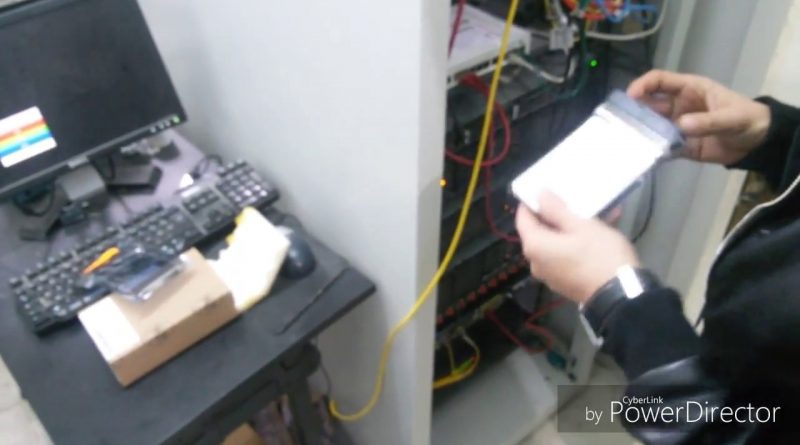Windows Server RAID 0, 1, 5 and how to put it
One of the main questions when talking about storage is “What is RAID”? Well, it stands for “Redundant Array of Inexpensive Disks and can be very handy when wanting clear backups of storage drives, including your OS drive. But why bother? RAID can be used for a number of reasons such as squeezing out extra performance, offering redundancy to your data and even parity; parity is what rebuilds data which is potentially lost, thus offering an extra level of protection from data loss.
The most common types of RAID array are
RAID 0
RAID 1
RAID 5
RAID 10 (Sometimes known as RAID 1+0)
We intend to not only show the difference between the aforementioned arrays, but we have created some terrible looking diagrams which should make each type of RAID digestible and easy to understand. To also add an element of usefulness, we will list the pros and cons of using each type of array as to make it easier to work out the strengths and weaknesses.
RAID 0
RAID 0 Diagram
Key points about RAID 0
Requires a minimum of 2 disks to create
Widely known as “the performance” RAID
Offers no redundancy whatsoever (no mirroring or parity featured)
Pros of RAID 0
Performance is fantastic
Adds performance for each disk you add without many diminishing returns (dependent on RAID controller)
Cons of RAID 0
No redundancy means if any data is lost, it cannot be recovered.
Increased risk of data loss for each disk in the array (more drives = more risk)
Not recommended for Operating Systems, or valuable data
RAID 1
RAID 1 Diagram
Key points about RAID 1
Like RAID 0, requires a minimum of 2 disks to create
Offers good redundancy due to RAID 1 using a mirrored drive
Pros of RAID 1
Fantastic read speeds (sometimes better than RAID 0)
Gives users redundancy via mirroring (essentially the 2nd of drive is a clone of the master disk)
Cons of RAID 1
Write speed seriously lacks in RAID 1 (when compared to RAID 0 of course)
Storage capacity is mirrored meaning that storage capacity is not increased at the expense of redundancy
RAID 5
RAID 5 Diagram
Key points about RAID 5
Requires a minimum of 3 disks to setup
Gives a level added of redundancy through parity
Pros of RAID 5
Offers decent read performance due to striping (like RAID 0)
Parity offers a level of redundancy across each of the drives (Parity offers the ability to repair broken blocks of data)
Cons of Raid 5
Poor write performance
RAID 10
RAID 10 Diagram
Key points about RAID 10
A minimum of 4 disks is needed
Effectively RAID10 is a RAID0 and 1 array combined into a single array
Pros of RAID 10
Theoretically, offers the best performance and redundancy (offers the benefits of RAID 0 and RAID 1)
Considered the best RAID array by many due to the “best of both worlds” offered
Cons of RAID 10
The most expensive RAID array out of all the above arrays (0,1,5 & 10)
Storage capacity like RAID 1 is split between all the drives etc 4 x 500GB drives in RAID 10 will give 1TB of storage to use, including 1TB as a mirror
Hopefully today’s article helped you distinguish between the most common types of RAID array, but if you do have any questions regarding anything above, feel free to leave a comment below!
windows server



